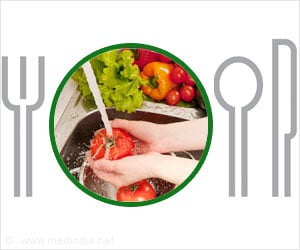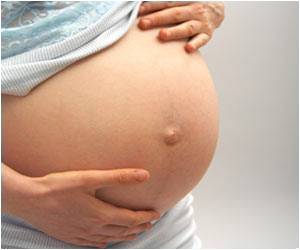BfR publishes the fourth updated edition of the EU Food Safety Almanac and the new ENP Almanac (European Neighbourhood Policy)

Within the scope of the European Neighbourhood and Partnership Instrument (ENPI) and in collaboration with EFSA, the BfR prepared the ENP Almanac, which is being published for the first time. It offers an overview of the structures of the authorities in neighbouring states of the European Union and covers the following countries: Armenia, Belarus, Georgia, Israel, Jordan, Lebanon, Moldova, Morocco, Tunisia and Ukraine.
The main focus of both almanacs is on institutions active in the assessment of health risks. Each country profile contains a graphic overview of the authorities' structures along with a detailed description of the tasks and activities of the institutions. Areas of responsibility are illustrated graphically by means of pictograms. In this way, for example, the reference works can be used to find out which institutions are responsible for the health assessment of dietary supplements, veterinary drug residues or genetic engineering. At the same time, readers can identify which ministries and institutions are responsible for risk management, how risks are communicated and to what extent risk assessment and risk management are institutionally separated.
This overview of the organisational links and cooperation within the European Union and its neighbouring countries not only facilitates the search for international partners, it also helps to avoid duplication of efforts and promotes the clarification of responsibilities.
Source-Eurekalert















